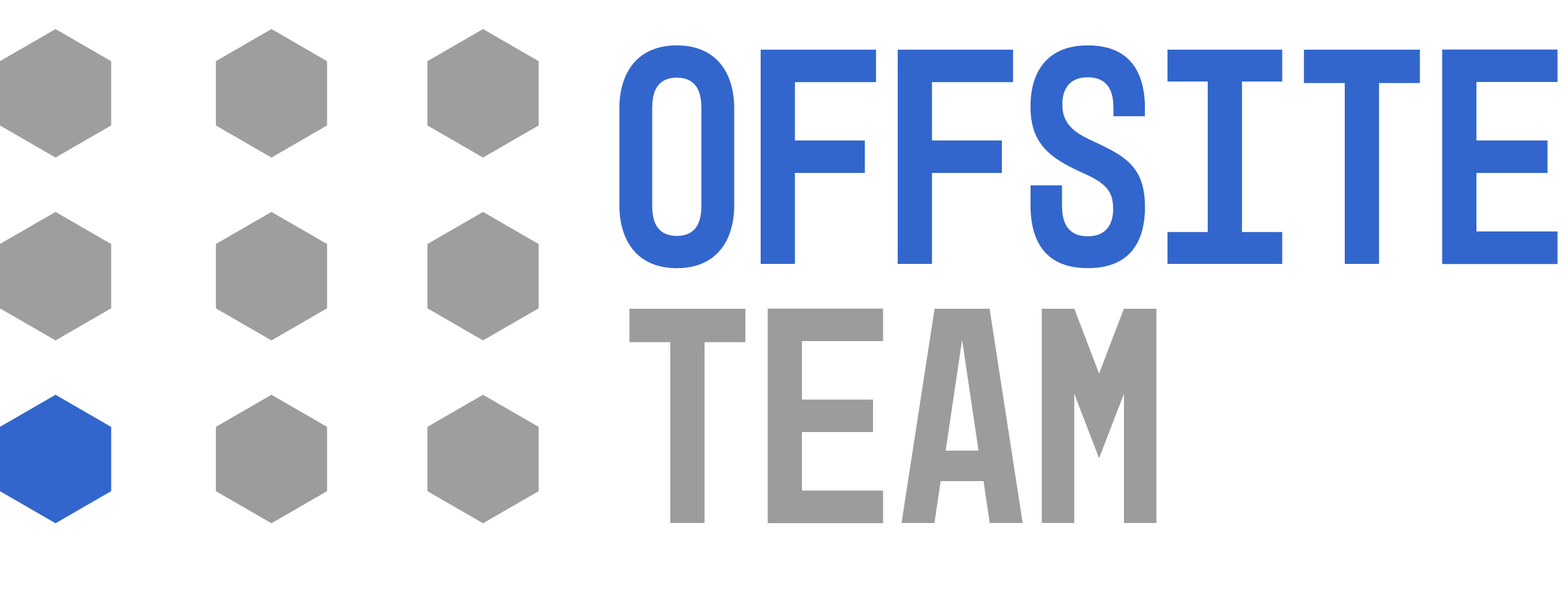Overview
As the InsurTech sector has focused on building commercial software solutions to provide a wide range of unique benefits that can drive real business results, an increasing number of businesses are reaping the benefits of SaaS without requiring continuous software upkeep by their IT department or third-parties. This article will share how to achieve growth for insurance SaaS companies. Among various benefits for growth and margins, SaaS benefits insurance companies because of the pace of rapid innovation, improved customer satisfaction, improved security and compliance, and high customization and scalability. It is no wonder why the SaaS sector is expected to reach a whopping $623 billion by 2023 at a compound annual growth rate of 18%. Last year alone, there were approximately 15,000 SaaS companies in the US. Together, they have a combined user count of 14 billion global customers. The worldwide public cloud computing market continues to scale and is expected to reach an estimated 482 billion U.S. dollars by the end of 2022.
With SaaS, one’s software is always up to date with the latest features because rolling out new improvements does not require changes to the code or data structure. This saves organizations tremendous time and effort and ensures they always offer their customers the most innovative solution.
SaaS in the InsurTech Payment Space
While SaaS solutions are beneficial across nearly every industry or business function, below are a few critical characteristics of payments that might make SaaS the best delivery model for an insurance SaaS company. These include:
- Seasonality of customer payments and the need to scale quickly – Based on a customer’s billing frequency, payments and collections are seasonal occurrences. This means that one’s organization requires the ability to scale up quickly, efficiently, and cost-effectively.
- The pace of industry innovations – InsurTech is constantly changing, and one’s organization must have the bandwidth to flex to keep up with emerging technologies. SaaS helps deliver ongoing improvement with minimal upkeep on the user’s part. Because only one version of SaaS software will exist in a user’s organization, it becomes easy to roll out the design and architectural changes in software upgrades to ensure clients are always up to date with what’s new.
- Importance of security and maintaining compliance – Protecting the user’s data and privacy is of the utmost importance for nearly every tech company. This component is non-negotiable when it comes to encrypting customer payments. Implementing SaaS will ensure that organizations have the most up-to-date security patches to comply with current industry practices and standards.

Back to Fundamentals
Striking uniformity between growth and high margins may appear as challenging to achieve as understanding its significance. The most successful insurance SaaS companies experience a series of voyages that initially begin with exponential growth and negative margins. They learn to control the growth slump and discover new strategies to increase margins over time (Charts 1, 2, and 3).
This all boils down to a simple question: How do InsurTech and Insurance SaaS companies obtain the growth-profitability equation over time?
Chart 1: Lemonade Growth-Profit Equation

Chart 2: Guidewire Growth-Profit Equation

Chart 3: Duck Creek Growth-Profit Equation

InsurTech SaaS companies use various methods to measure performance metrics, and many find it challenging to obtain the right balance between growth and high margins. While some firms measure performance during early product development stages by keeping a close eye on metrics such as comparing customer lifetime value (LTV) to customer acquisition cost (CAC) to ensure the ratio is more significant than three (according to the golden LTV-to-CAC formula), others use parameters such as the Rule of 40 to determine if a firm’s growth and profit margins are above 40% to monitor success. Although these performance metrics needn’t be uniformly applied across every business, early-stage companies often experience colossal growth rates that mask juvenile and unproductive operating models; more developed firms, on the other hand, don’t have the liberty and bandwidth to hide any apparent redundancies and inefficient business processes that define its core infrastructure.
The essential concern is not SaaS companies’ metrics to measure performance but when they dicker with revenue and profit margins. Fast-growing companies that need to invest in product development and targeted marketing often make hesitant decisions by focusing on profitability very early. Meanwhile, others wait longer than usual and lessen their abilities to add value in the long term. The right balance and harmony are needed during the execution stages for every InsurTech SaaS firm so that it can divert its operational mindset from growth and instead focus on iterating and enhancing its internal processes if it wants to be a long-term player, operate lean, and add value to society.
To prepare for the long-term and survive whatever the present brings, whether it is rising inflation, volatile macroeconomic environments, recessions, and even war, the most profitable InsurTech SaaS companies will experience a minimal decline in value in contrast to their fast-growing counterparts, according to studies conducted by Boston Consulting Group. If an InsurTech SaaS firm hasn’t mastered the different stages of growth, its odds of making it out alive are significantly diminished.
Stages of Growth
According to Boston Consulting Group, every software company has four stages of growth, from inception to a fully developed company, as highlighted in the image below.

The first stage is the Exploring and Building stage. At this stage, a company’s revenue varies depending on its funding, market presence, and overall strategy. Companies in this stage are worth under $25 million in revenue. At this stage, companies must find the right product-market fit and empower their customers to do all the marketing by spreading the word through their own referral channels and using email marketing. Customer retention at this stage is necessary. As the InsurTech firm develops software products and builds in-house strategies, it needs to constantly iterate and improve them so that there is consistency in results every time there is an execution. At this stage, the initial costs of marketing, R&D, and overall operating expenses might be high and even exceed revenues because the focus continues to be on finding a product-market fit. Companies at this stage often go through fundraising rounds, take loans, or even borrow money from friends and family to raise capital, knowing that there might be short-term losses, as long as they can counteract negative operating margins with high revenue growth rates.
The second stage is the Hypergrowth stage. This is a moment of pure bliss for any InsurTech SaaS founder because this is when companies experience 2x or even 3x revenue YOY. In no time can a company’s revenue jump from $25 million to half a billion in value. According to the T2D3 rule, the fastest growing companies will triple in revenue for the first two years and then double it for three years thereafter. No matter what size a company is at this stage, growth is guaranteed, and for example, a $2 million in revenue company can become worth more than $144 million five years later.
The biggest challenge in this stage is staffing. With the increase in revenue, InsurTech SaaS firms must focus on expanding their top and bottom line with new team members and geographically expand to become a global company. At this stage, it is also essential for firms to invest back in the business and allocate a budget for product and service enhancements to reach a wider audience and stand out from the competition in their niches.
The third stage – Scaling and Bridging, is the biggest stumbling block in the road for most InsurTech SaaS companies, and it can occur as they grow 10x from $500 million to $5 billion. This is the stage where growth diminishes with increased revenue YOY because of operational and market setbacks. InsurTech SaaS firms must create new capacities to cope with their increasing size. The two common challenges in this growth phase are the inertia of hypergrowth and timing. Since the second growth phase involved a lot of YOY revenue growth, there is an expectation that the business should double or triple in revenue because of the founder’s growth-at-all-costs mentality. This mentality can hinder the firm’s ability to develop a more strategic and long-term approach to scaling. It’s vital for SaaS companies at this stage to revisit their pricing strategy and focus on relationship building, such as partnerships with other firms, to widen their reach and add more value in the grand scheme of things. Companies must also refine their operating infrastructure and fill any voids that can hinder consistency and long-term results—for example, investing in better cybersecurity, systems, and equipment and enhancing user experiences. While taking these measures, the timing has to be perfect, which can often be tricky. The more the founder’s mindset changes from growth-at-all-costs to playing the long-term game and building a more uniform approach to scaling, the easier it is for them to make the right executive decisions at the right time and not take shortcuts.
The fourth and final growth stage is Sustained Growth. When an InsurTech SaaS firm’s revenue is more than $5 billion, the growth rate decline starts approaching the average market rate. In many cases, growth can slow to less than 40%. That’s why it’s vital for any firm at this stage to have high-profit margins. Most investors who are in it for the long-term and have equity in the business will examine the growth and high margins as key performance metrics as their portfolios mature. The Sustained Growth stage is also vital for a company to focus on multiple revenue streams. For instance, adding subscription service options and expanding product lines, enhancing the sales processes, improving R&D efficiency, increasing customer LTV (long-term value), mergers and acquisitions, creating more automation and iterating processes, and further reducing operating expenses from outsourcing.
Importance of Strategy and Staffing Throughout the Process
Now that you understand the different growth stages of SaaS companies, it is vital to revisit the importance of strategy and staffing, as I highlighted in my previous article How to grow your Insurance SaaS company.
1.Strategy – Developing an in-house strategy custom to your InsurTech SaaS company can make or break your business. Preparing a list of self-assessment questions can make this switch easy and help you understand some of your organization’s most significant pain points. For instance: What are your primary goals? What do you want to outsource? What is the direct outcome you want to see when you bring on new talent?
Proper planning before execution is essential for getting your business off the ground. We at Offsite-Team have mastered the art of helping InsurTech SaaS and insurance lead gen companies build a long-term strategy that can enable them to succeed through revenue increase and margin increase. Our customers expect a minimum viable threshold of $1.5 million over one year through a quantifiable revenue increase and margin increase. We approach this in three ways based on what our client needs the most help with and centered around three audits: a) ROI Maximizing Audit, b) LTV Maximizing Audit, and c) Automation Audit. Through these audits, we can determine best business practices to maximize the following six ROI areas: LTV Revenue Increase, Client Referral Revenue Increase, Launch of New Client Acquisition Platform Revenue, Marketing Cost Reduction, Operations Cost Reduction, and Recruiting Cost Reduction.
2.Staffing – Whether you use an agency like Offsite-Team to develop a roadmap for your business strategy or create one in-house, the next step gets more manageable. The next step is to find suitable hires to help you execute the plan you spent a lot of energy creating. Staffing is filling the gaps in your business that require workflow and automation. Outsourcing this to a team of specialized experts in the skills your business needs is the key to turning your vision into a reality. Fortunately, Offsite-Team is an excellent matchmaking company where we heavily vet and assess thousands of applicants each month to build virtual teams for insurance lead gen SaaS companies. With over seven years of outsourcing experience, our CEO has helped more than a dozen US-based companies hire dedicated chief-of-staff to automate their most redundant day-to-day operations for less than half the cost of hiring an employee. Our goal is to identify all the areas in our client’s business that can significantly benefit from cost-effective overhead and double down on hiring exceptional talent to keep their business running 24/7. Once your business has a solid team of chief-of-staff as well as AR/AP assistants for insurance SaaS and insurance tech, the company can run more efficiently, leaving you with the work that matters most – seeing record-breaking revenue and spending more time with your loved ones.
In a Nutshell
Achieving consistently high growth and margins for an InsurTech SaaS company is playing the long-term game of perfect strategy and execution. In this article, we highlighted the various benefits of SaaS products and how the public cloud computing market is approaching half a trillion dollars by the end of this year. We also discussed how to achieve growth for insurance saas, how SaaS revolutionized the financial space, provided examples of growth and high margins achieved by other InsurTech companies, and highlighted the different growth stages of SaaS that readers can learn from and come up with fresh ideas to take their InsurTech companies to the next level.
The critical elements determining success for your InsurTech firm are developing the right in-house strategy and hiring the right staff to support your short-term and long-term needs. We at Offsite-Team can make the transition easier for your business by building a roadmap to rediscovering your internal operations, helping you develop a long-term strategy, and creating a dedicated chief-of-staff team around the core operating areas that require automation and sustainability.




